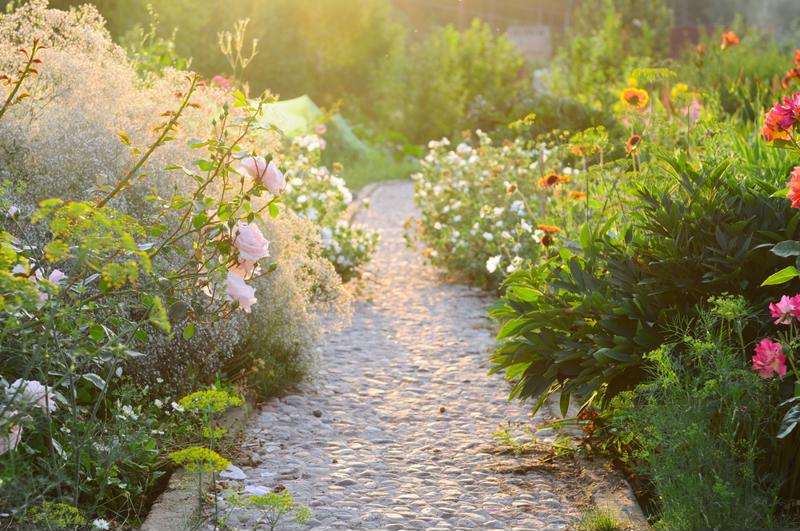Curb appeal is immensely important to homebuyers. In fact, according to a survey conducted by the National Association of Realtors, more than 80 percent of buyers will pass on a property if unimpressed by its landscaping or street-facing features. Most sellers work to avoid this situation and improve curb appeal with outdoor upgrades, including plants. Of course, picking shrubs, trees or flowers that best accentuate your abode is no easy task. Before you hit the home-improvement store, familiarize yourself with some key plant-placing guidelines.
Build a strong foundation
According to This Old House Magazine, sellers should start the planting process by installing some foundational, house-hugging shrubs. These small wonders can hide unattractive, yet essential home features like drains and gutters. As you look into different options, focus on forming a cohesive mix of plant life rather than going after taller, show-stopping specimens that might block windows or entrances.
"The right foundation planting for most houses is a nice mix of evergreen and deciduous material, with dwarf varieties in order to keep window views open, some repetition of plants for a unified look, and an overall casual, naturalistic feeling," landscape architect Anne Walters told the publication.
Start by purchasing some stout evergreen shrubs like littleleaf boxwoods or inkberry bushes. Then, add in more colorful selections, such as Japanese pieris and hydrangeas.
Once you've made your choices, remember to consider placement as you plant. Line the wall with larger plants and continue outward, by height.

Create a green way
Sellers would be smart to complement soil-dwelling shrubs with potted plants, Better Homes and Gardens reported. Adding a few planters or pots will liven up the space and carry your green theme into the interior.
Pick out vessels that match your home's aesthetic and underline prospective plants. According to This Old House Magazine, pots painted in muted tones are the best option. If you plan to install plant groupings, look for containers 12 inches wide and at least 8 inches deep. And, most importantly, make sure your new pots have pre-installed drainage holes. Water-logged plants are no good.
Next, find a nice blend of foliage to fill your planters. However, fight the urge to overstuff.
"A lot of plants are fine, but a lot of different kinds of plants starts to look messy," landscaper Ellen Zachos told the magazine.
Finish off your planter project with a heavy does of packaged planting mix. Most blends contain sterile soil, or soil that has been treated to kill subterranean pathogens and other harmful bacteria. Soilless mixes are also available. These usually contain peat moss and other soil substitutes.
Transform your yard
You don't have to confine your planting project to the few square feet encircling your home. According to the National Wildlife Federation, many homeowners are embracing native plants as an alternative to traditional green grass.
Native plants normally live longer than two years and feature aggressive root systems that reach deep into the soil. As a result, they rarely need fertilizer and require little watering. According to experts, these characteristics make native plants perfect for sustainable landscaping projects. Their deep roots slow erosion, the University of Minnesota reported. Plus, the plants themselves absorb harmful chemicals found in soil.
So, consider devoting at least a portion of your yard to native plants. However, if you do go in this direction, be prepared to put in work. The planting process includes a lot of eccentric steps. For instance, native plant seeds must undergo a two-month long cold treatment to germinate. Landscapers advise sellers to plant on overcast days.
Additionally, removing your existing grass will require extensive rototilling. You will also have to maintain some of your current lawn care habits.
"The problem with the native-plant movement is that people think they can stop mowing their lawns and just sprinkle seeds from prairie-in-a-can," Doug Tallamy, Ph.D., a professor of entomology at the University of Delaware, told the NWF. "But we're not suggesting you abandon landscaping. You do have to fit in with the cultural norms."
In the end, the work is well worth the reward. Many buyers, especially the eco-friendly kind, will flock to your property looking to make a deal.

